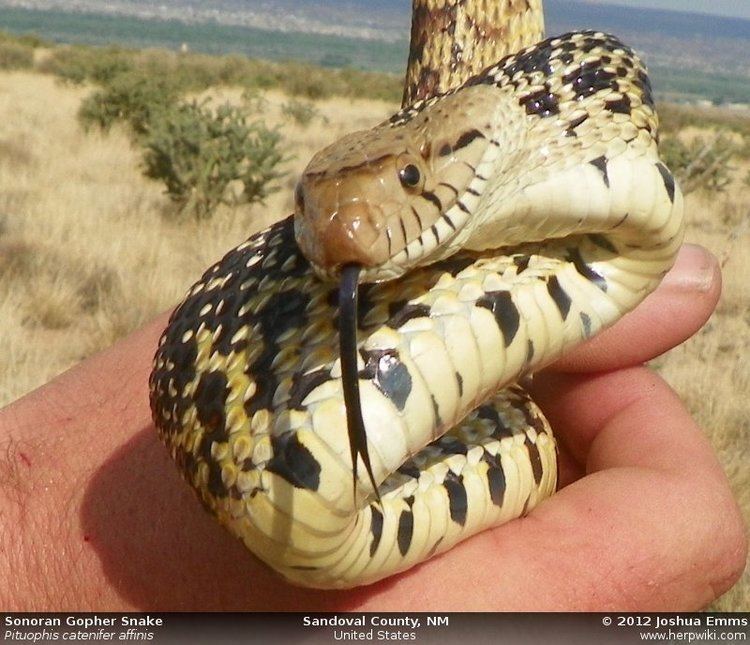Suborder Serpentes Subfamily Colubrinae Phylum Chordata Rank Subspecies | Subphylum Vertebrata Order Scaled reptiles | |
 | ||
Scientific name Pituophis catenifer affinis Similar Snake, Pituophis catenifer, Pituophis, Reptile, Pacific gopher snake | ||
Sonoran gopher snake pituophis catenifer affinis beer
Pituophis catenifer affinis, commonly known as the Sonoran gopher snake, is a subspecies of nonvenomous colubrid endemic to the southwestern United States. It is one of six recognized subspecies of the gopher snake, Pituophis catenifer.
Contents
- Sonoran gopher snake pituophis catenifer affinis beer
- Geographic range
- Description
- Habitat
- Diet
- Behavior
- Reproduction
- References
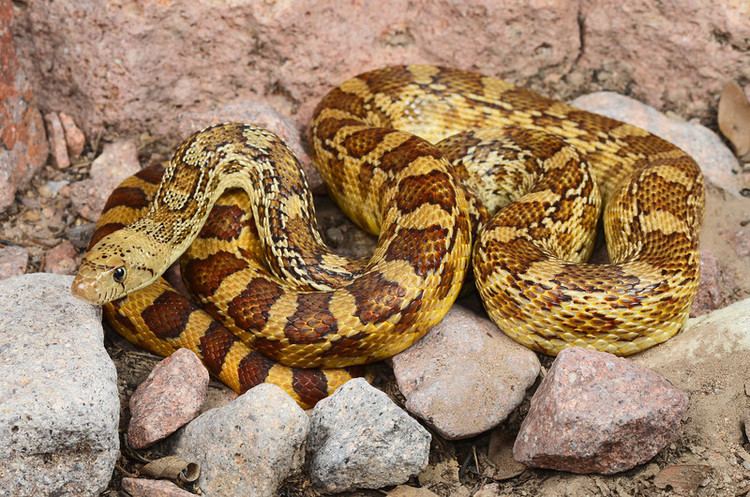
Geographic range
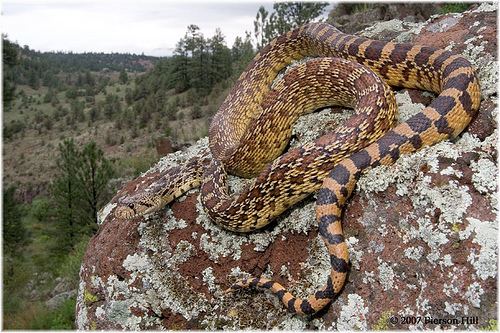
It is found from west Texas across the Southwestern United States to southeastern California, and south into the northern states of Mexico, especially in the Sonoran Desert.
Description
Adults average 127–183 cm (4.17–6.00 ft) in total length. The maximum recorded total length is 234 cm (7.68 ft).
The saddle-shaped dorsal blotches are reddish brown, except for near and on the tail, where they are dark brown or blackish.
The rostral is about as long as it is broad, not elongated as in other Pituophis subspecies.
Habitat
It inhabits primarily very dry, desert ecosystems.
Diet
They feed on small rodents, hence the common name gopher snake.
Behavior
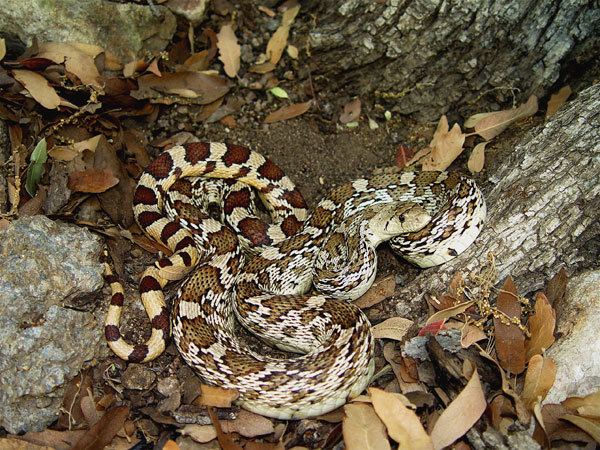
They are fairly aggressive but can be domesticated, and become very gentle. They have hard tough skin on their noses used to burrow into gopher holes and the burrows of other rodents. During the winter they hibernate. They invade gopher holes and holes of other burrowing rodents and eat what they need to stay alive in the invaded burrow.
Reproduction
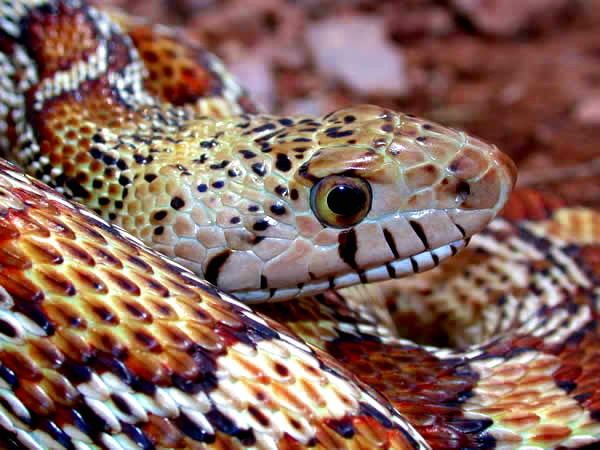
P. c. affinis is oviparous. Adult females lay 7-22 eggs in July or August. The eggs average 51 mm × 35 mm (2.0 in × 1.4 in). The hatchlings are about 40 cm (15.5 in) in total length.
